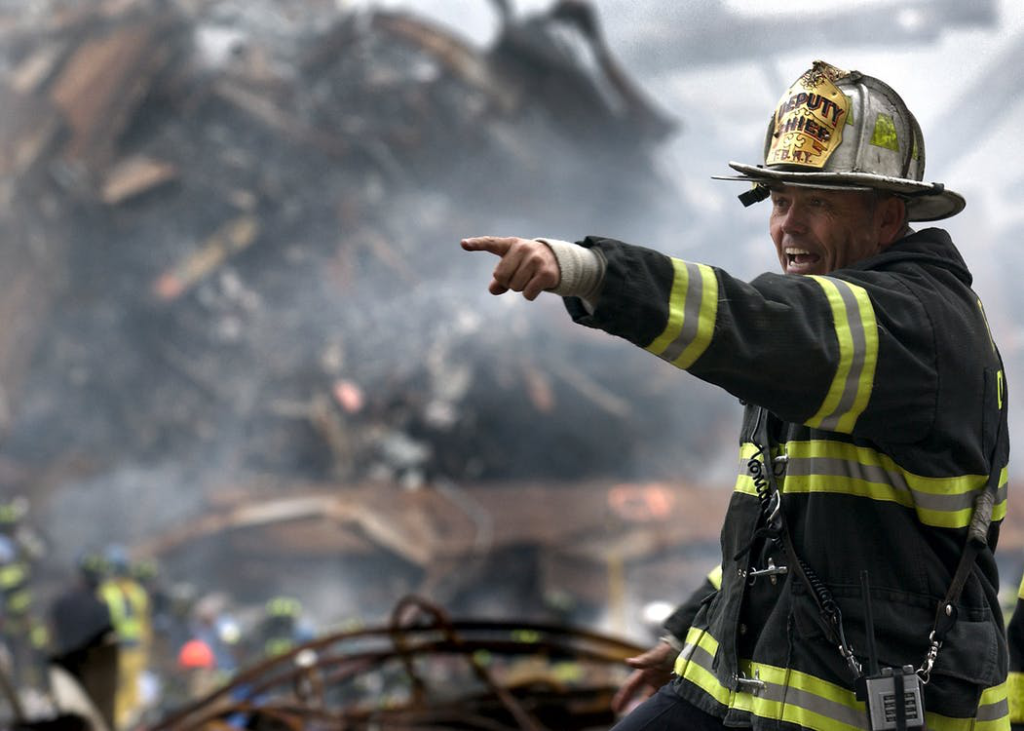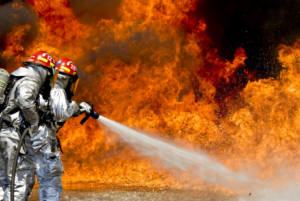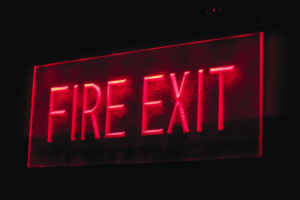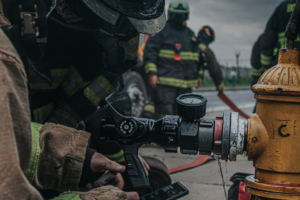
- admin
- October 19, 2021
- 7:20 am
- No Comments
How Challenging Is The FDNY Exam?
Firefighters are selfless men and women who put their lives on the line day in and day out. They dedicate their lives to a civil services job and have to jump through several hoops to do so.
So what does it take to become a member of the New York City Fire Department? And what goes into preparing for the NYC firefighter department exams? This post bares it all for you.
Memorization
This section of the exam will involve an image given to you where you will have to memorize the image and its details. Once you move on, questions about the visual details will be asked to gauge your memorization skills. There is a limited time to view the image, and once it’s over, you won’t be allowed to refer back to the image.
So try to focus on key details like names, numbers, directions, locations, and anything important presented in the image.
Math
This section is quite straightforward but can be difficult if math isn’t one of your strong suits. It generally doesn’t have anything too complicated like trigonometry or advanced calculus.
 However, you should be able to judge which hose-line to use according to the fire engines’ water pumping pressures and calculate friction loss. The exam will test you on word problems, percentages, decimals and fractions, basic algebra, and geometry.
However, you should be able to judge which hose-line to use according to the fire engines’ water pumping pressures and calculate friction loss. The exam will test you on word problems, percentages, decimals and fractions, basic algebra, and geometry.
Visualization
Here you should be able to use your judgment through visualization of events or patterns. The questions generally involve an image or diagram to refer to when answering the question.
These questions could question a building’s interior while providing a picture of the building’s exterior. Moreover, it could ask about what a room looks like from an angle or direction and what would happen to a building if a particular event occurred.
Spatial Awareness
In this section, you will be tested on your ability to identify the physical location of an object concerning another. You will have to prove that you can follow directions and retain spatial awareness when looking at a map or another image.
 So you can be asked how you would get from point A to point B by following a set of instructions and maintaining spatial awareness at all times.
So you can be asked how you would get from point A to point B by following a set of instructions and maintaining spatial awareness at all times.
Reading and Comprehension
Here you must demonstrate your powers of comprehension and interpretation by reading a passage. You may also be asked about the content you read or any conclusions you drew from it. This might seem simple at first, but there are infinite potential questions that may be asked. You may be asked about the overall meaning of the content, questioned about certain information, or what a particular word or phrase could mean in the content context.
Written Expression
Similar to the reading section, the written expression requires you to demonstrate your understanding of the text. This means you need to have a great grasp of the English language and an expression of ideas. And use clear and concise information to communicate accurately and effectively.
Considering the information you’re provided, you need to determine the best way to express the ideas you’re given. The questions may ask about how you would communicate the general idea of the content and what events occurred in a particular order.
Mechanical Aptitude
This section is to evaluate your skills in recognizing and using particular mechanical devices. This involves pictures of simple machines with questions about their function, like pulley systems, gear and gear ratios, wedges, etc.
Information Ordering
To evaluate your ability to analyze information, you should repeat back in the answers in the right order. Simply put, you’ll have to restate the content as is to the best of your abilities. The questions may ask you to repeat a process or state the next step of a particular process.
Problem Sensitivity
To do well in this section, you must perform situational analysis. This section mostly asks about the problems or issues you see in the content provided. You must focus on the problem and not the solution to the scenario given.
 For instance, you can be asked about a rule or a tactic given in a passage and how a scenario is affected by it. Or you might be asked if the rule is being followed in the given scenario or not. This tests your ability to deduce situations and recognize problems.
For instance, you can be asked about a rule or a tactic given in a passage and how a scenario is affected by it. Or you might be asked if the rule is being followed in the given scenario or not. This tests your ability to deduce situations and recognize problems.
Deductive Reasoning
A little more analysis and thinking are needed to answer the questions in this section. A given set of rules will have to be applied in the given scenario. You’ll have to use your best judgment to deduce the data provided.
Your decision-making skills will be judged on the deductive reason you use by gaining insight into the scenario. Things to consider here include the general rule you’ve been given, the particular scenario you’re analyzing, the connection of the rule and the scenario, and any possible exceptions to it.
Inductive Reasoning
This section is commonly considered to be the most complex in the exam. Typically, you would be required to piece bits and pieces of information together and draw conclusions based on the given data.
To test your inductive reasoning skills, these questions can be of several types on the exam. For example, you will be making a judgment or decision with the data given and identifying any similarities in different situations while drawing conclusions.
You may need help to maneuver through your preparation study to take the civil service exams to become a firefighter. Civil Service Success can be the savior you need.
Whether it be Suffolk County, Westchester, or New York City, our courses can put you at the top of your class. With 40 years of experience in civil services and teaching, our faculty provides NYC firefighter preparation classes for theoretical and physical training.
Get in touch with the professionals at Civil Service Success to learn more about their NYC firefighter exam preparation classes.

